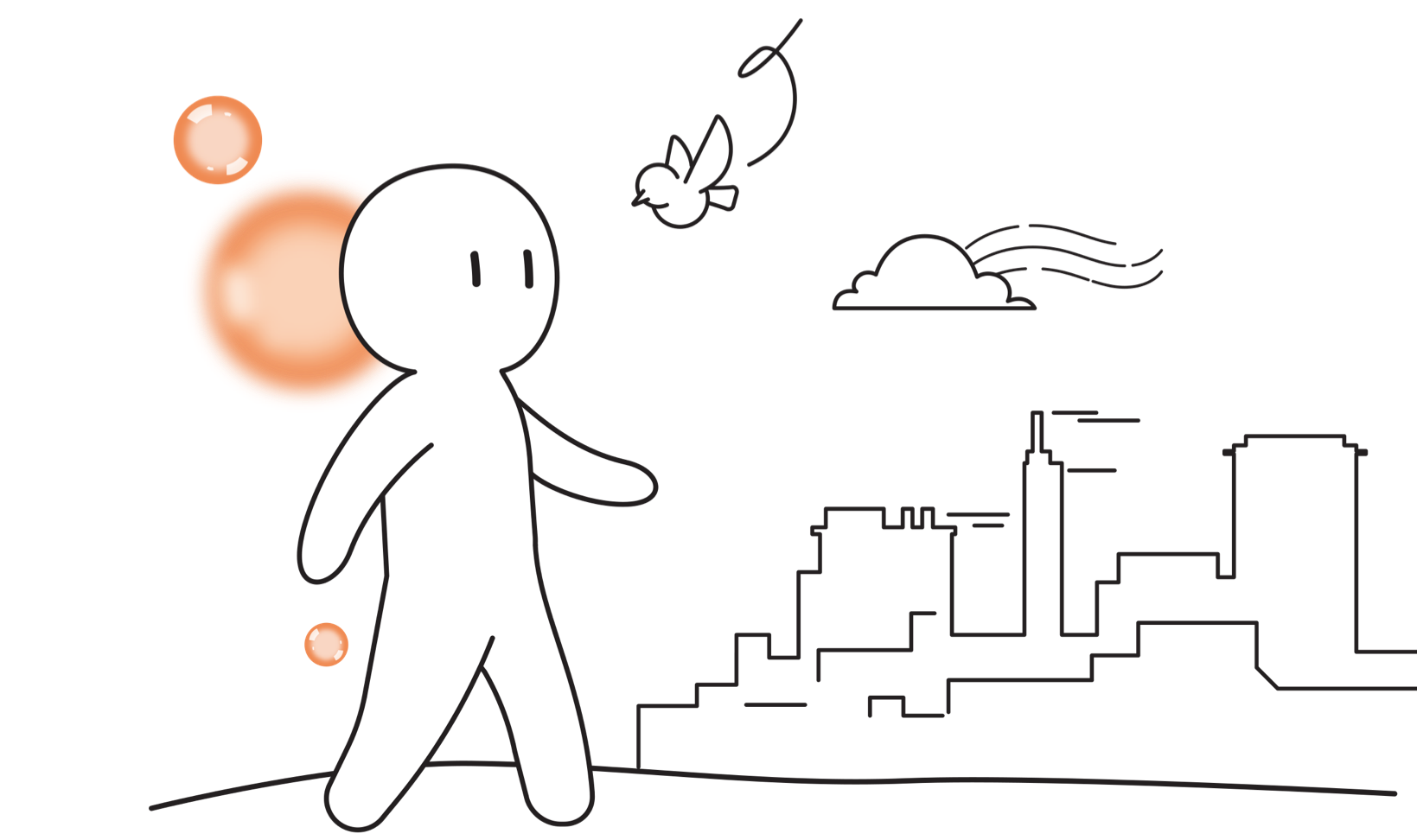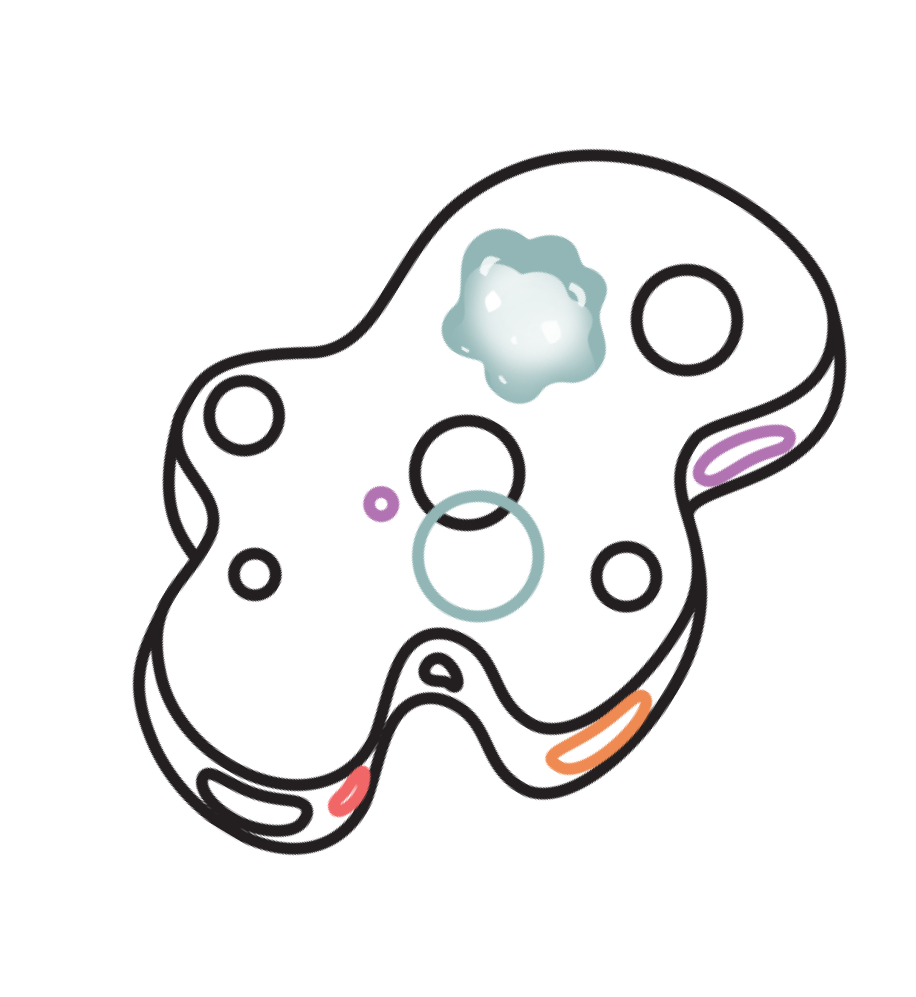Introduction
Mindfulness and meditation have become increasingly popular in recent years, and for good reason. Mindfulness is the practice of paying attention, on purpose, in the present moment, non-judgmentally. Meditation is the formal act of practicing mindfulness, and it can take many forms, such as focused breathing, body scans, and loving-kindness meditations.
While the benefits of mindfulness are numerous, including reducing stress, increasing self-awareness, and improving concentration, developing a consistent practice can be challenging. The Five Hindrances—sensual desire, ill will, sloth, restlessness, and doubt—can derail even the most dedicated practitioner.
One way to overcome these obstacles is to view your mind as an "idea space"—a mathematical concept that describes the totality of your thoughts, emotions, sensations, and perceptions. By viewing your mind objectively in this way, you can reduce attachment to any one element and cultivate a more open and non-judgmental perspective.
In this blog post, we'll delve into how to navigate each of these hindrances and explore how they relate to the concept of idea space.
Hindrance #1: Sensual Desire
Sensual desire is the craving for pleasure that arises from the senses, such as the desire for good food, comfortable surroundings, or pleasurable experiences. While there is nothing inherently wrong with enjoying pleasurable experiences, excessive attachment to them can distract us from the present moment and can hinder our mindfulness practice by adopting an "if only" mentality.
By viewing your mind as an idea space, you can observe the arising of sensual desires objectively, without becoming attached to them. This cultivates a non-judgmental attitude that enables you to redirect your attention back to the present moment and engage with the experience at hand.
As a short exercise, for a brief moment, wish to be where you are instead of wishing to be anywhere else.

Figure 1. To overcome desire, wish you were exactly where you are. You are right where you need to be.
Hindrance #2: Ill Will
Ill will refers to the negative emotions of anger, hatred, and resentment. Simply put, this hindrance arises when we don't get what we want or we do get what we don't want. Ill will can be a significant hindrance to mindfulness because it consumes our attention and energy, making it challenging to focus on the present moment.
By viewing our mind as an idea space, we can observe these negative emotions as mere passing thoughts rather than becoming fully consumed by them. Like waves, thoughts come and go. Or, as an Ancient once said,
"Whatever has the nature to arise, has the nature to pass away."
Thus, to overcome ill will, we can turn to a simple stoic thought: "If you would not be angry about something in a week from now, why would you be angry about it now?" From there, we can then cultivate compassion, forgiveness, and loving-kindness towards ourselves and others.
As a short exercise, for the next couple seconds, instead of thinking about the inaccessible past or fictitious future, focus solely on the sensations arising now.

Figure 2. To overcome ill will, focus on the sensations now, instead of the inaccessible past or imaginary future.
Hindrance #3: Sloth and Torpor
Sloth and torpor refer to the states of lethargy, sluggishness, and mental dullness that can arise during meditation. Sloth relates to dullness of consciousness, while torpor deals with dullness of mental factors, like thoughts, emotions, or sensations. Both of these emotions can also arise when we feel an aversion to an unpleasant feeling. Overall, sloth and torpor can make it challenging to maintain focus and clarity, leading to frustration and discouragement.
To help navigate these hindrances, we once again return to an idea space. By recognizing the nature of our mind as an objective space for thoughts to arise and pass, we can observe these states of dullness and lethargy as passing phenomena rather than becoming fully absorbed by them.
Furthermore, we can energize our body and mind through various techniques, like taking a break, stretching, going for a walk, or practicing mindful movement. So, as a short exercise, after reading this article, go on a walk.

Figure 3. To overcome sloth and torpor, go on a walk.
Hindrance #4: Restlessness and Worry
Restlessness and worry refer to the states of agitation and anxiety that can arise during meditation. These hindrances can take many forms, like:
- imbalance of concentration,
- unwise attention,
- too much self-talk,
- dwelling on past unskillful actions, or
- judging your own progress on the path.
Thus, restlessness makes it challenging to settle our mind and focus.
To overcome restlessness and worry, we must first acknowledge the emotion and its impact on our mental state. We can then try to cultivate a sense of calm and relaxation by being precise with our attention.
It can also be helpful to investigate the source of our restlessness and try to address it directly. By viewing our mind as an idea space, it becomes easier to be naturally curious to each arising sensation and dig deeper without personal attachments. This approach can lead to a greater understanding of the underlying causes of our restlessness and worry, and ultimately help us overcome this hindrance.
For the next couple seconds, sit completely still and focus on the micro-sensations in your body. Remember, a still body is a still mind.

Figure 4. To overcome restlessness, sit without moving one inch. Instead, notice any micro-sensations that arise.
Hindrance #5: Doubt
Doubt refers to the uncertainty and skepticism that can arise regarding our ability to practice mindfulness, the benefits of the practice itself, or doubt of a particular situation. This hindrance can be especially challenging because it can lead to self-doubt, discouragement, and a lack of motivation. It is important to recognize that doubt can hold us back not just in mindfulness practice, but in all aspects of our lives. As Yann Martel writes in Life of Pi,
“To choose doubt as a philosophy of life is akin to choosing immobility as a means of transportation.”
To overcome doubt, we must first acknowledge the emotion and its impact on our mental state. We can then try to cultivate confidence in our ability to practice mindfulness by reflecting on our progress and successes. Furthermore, by viewing our mind as an idea space, we can observe the doubt as an objective phenomenon that simply arises and passes. This can help us avoid getting caught up in self-doubt and instead, approach the doubt with curiosity and openness.
We can also investigate and be mindful whether our actions are skillful or unskillful, not in order to judge ourselves or be reactive to them, but to see which actions can lead to happiness and which actions can lead to suffering.
Overall, having faith in your practice, or whatever we are pursuing, can help us move past the doubt and continue moving forward. As a short exercise, for the next couple seconds, imagine you are a master at whatever it is you want to get done. For instance, sales guru Daniel Pink mentions in order to be great at sales, you have to tell yourself you are the world's best salesman. Be the best at whatever it is you want to be.

















